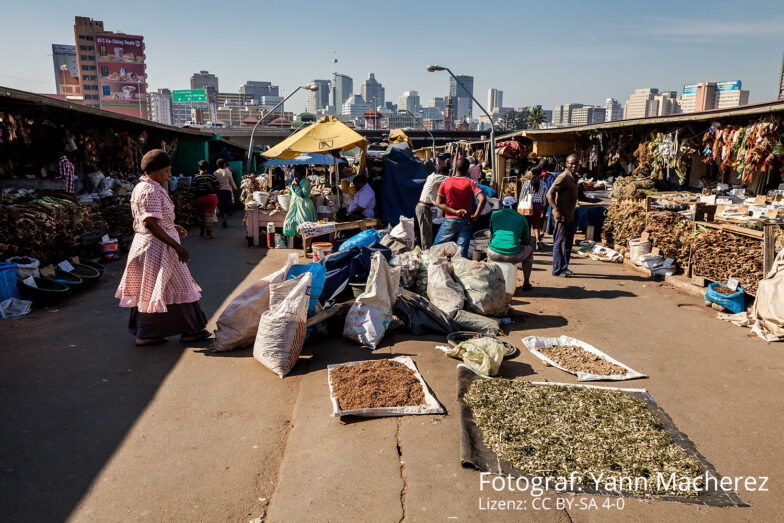In Sierra Leone in West Africa, animal parts are still used in traditional medicine today. Two scientists from the University of Nala have now investigated exactly which ones and what they are used for.
The study was conducted in the chiefdoms of Kowa and Dasse between March and July 2023. Around 24,000 inhabitants live here, almost all of them farmers. Both areas are located in the Moyamba region in eastern Sierra Leone and are sparsely populated with the exception of four urban regions. The scientists interviewed 40 people and visited the patients they were treating. The interviewees included herbalists, traditional healers, fetish priests and obstetricians selected by the local population. People familiar with the area were asked about the fauna present. The animal parts used were photographed and sampled as far as possible.
As many as 17 of the interviewees had attended secondary school, while 17 others had received no schooling at all. All of them stated that they had learnt the healing methods used from their ancestors. 30 of the 40 interviewees made their living from traditional medicine and had been practising for around 30 years. A few even stated that they earned between $ 2120 and $ 4230 per year (the average for an employee in Sierra Leone is $ 2900 per year). Forty-five animal species were used for medicinal purposes, and 40 diseases were named as indications. The most frequently used animals, around a third, were reptiles, followed directly by amphibians, snails and mammals. Primates alone accounted for 10% of the animals used.
Chamaeleo gracilis was mentioned eighteen times during the interviews as a potential remedy. It is locally called ‘duqui’. Its skin, muscle parts and intestines are said to improve memory. It is also used for various mystical purposes. Most parts are eaten cooked.
Traditional medicines containing animal parts: Use in Kowa and Dasse chiefdoms, Southern Sierra Leone
Jonathan Johnny, Alhassan Bangura
Journal of Pharmacognosy and Phytochemistry 2024, 13(3): pp. 308-317
DOI: 10.22271/phyto.2024.v13.i3d.14972
Photo: Chamaeleo gracilis photographed by kogia, licence Creative Commons Attribution 4.0 International



